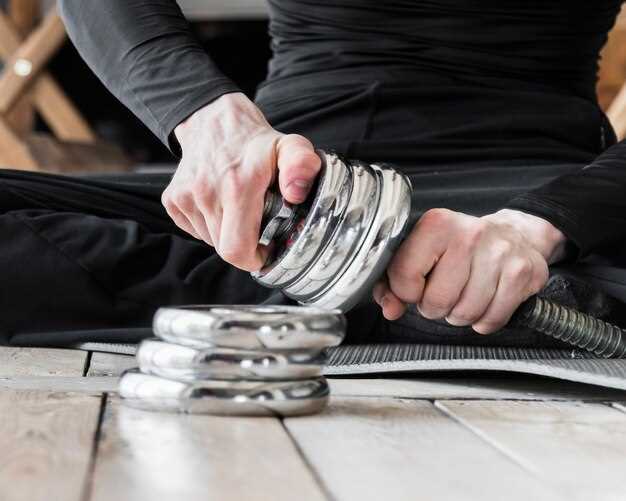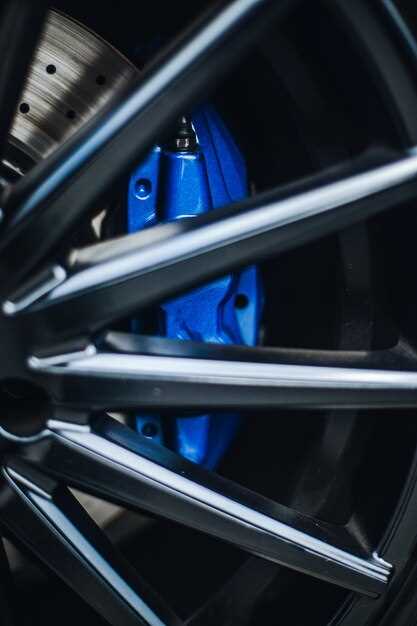
The quality of a vehicle’s suspension system plays a critical role in determining not only comfort during rides but also safety and handling characteristics. A well-functioning suspension absorbs shocks from road imperfections, allowing drivers to maintain control while minimizing fatigue. However, factory-installed suspensions are often designed to meet a broad range of needs and may not provide the optimal performance for every driver.
Upgrading your suspension can greatly enhance your driving experience, making every journey more pleasant and trouble-free. Whether you are navigating through city traffic, tackling off-road paths, or seeking better performance on the track, an improved suspension system can adapt to your specific driving style and preferences. By choosing the right components–such as shocks, struts, and springs–you can significantly reduce impact noise, enhance road grip, and improve overall stability.
In this article, we will explore the various options available for upgrading your suspension, the benefits of each choice, and what you should consider before making the investment. A well-optimized suspension not only adds to driving pleasure but also can contribute to better long-term vehicle performance and value retention.
Choosing the Right Suspension Components for Your Vehicle

When upgrading your vehicle’s suspension system, selecting the right components is crucial for achieving optimal performance and comfort. Different vehicles have unique requirements, and understanding these needs will help you make an informed decision.
1. Determine Your Driving Style: Consider how you primarily use your vehicle. If you drive mostly on smooth highways, focus on components that enhance comfort and stability. For off-road adventures, prioritize durability and articulation.
2. Coil Springs vs. Leaf Springs: Coil springs are commonly used in modern vehicles, offering a plush ride and better handling. Leaf springs, often found in trucks and SUVs, are robust and can handle heavy loads but may sacrifice comfort. Choose based on your load requirements and driving conditions.
3. Shock Absorbers: Select shocks that suit your driving style. For a smooth ride, hydraulic shocks are ideal, while gas-charged shocks provide additional performance. Adjustable shocks offer the versatility to tailor your ride quality based on changes in load or driving conditions.
4. Strut Assemblies: If your vehicle uses a strut-based suspension, consider upgrading to a complete strut assembly. This can simplify installation and ensure all components work in harmony, improving overall performance and feel.
5. Bushings and Mounts: Upgrading to high-performance bushings can reduce excessive movement and improve handling. Rubber bushings provide comfort, whereas polyurethane options enhance responsiveness and stiffness.
6. Compatibility: Always verify that the components you are considering are compatible with your vehicle’s make and model. Check for recommendations from manufacturers and read reviews to ensure you are making a well-informed choice.
In summary, selecting the right suspension components involves understanding your driving habits, vehicle type, and the specific attributes of each component. Invest time in research to create a suspension system that meets your expectations for comfort and performance.
Installation Tips for a Hassle-Free Suspension Upgrade

Upgrading your suspension system is a significant enhancement to your vehicle’s performance and comfort. To ensure a smooth installation process, follow these expert tips:
1. Gather the Right Tools: Before starting, make sure you have all necessary tools ready, including a jack, jack stands, wrenches, and a torque wrench. Having everything at hand will save time and frustration during the installation.
2. Read the Instructions: Every suspension kit comes with a manual. Carefully read through the instructions to familiarize yourself with the components and installation steps. Components may vary slightly between models, so understanding the specific requirements for your kit is crucial.
3. Prepare Your Workspace: Ensure your workspace is clean and well-lit. A flat surface is ideal for stability while working on your vehicle. Remove any obstacles and lay out all components for easy access.
4. Safety First: Use jack stands to secure the vehicle after lifting it with a jack. Never rely solely on a jack, as it can fail. Wearing safety goggles and gloves is also recommended to protect against debris and sharp edges.
5. Take Your Time: Rushing through the installation can lead to mistakes. Take the time to double-check your work at each step. If something doesn’t seem to fit right, reassess before proceeding to avoid complications later on.
6. Align and Torque Properly: After installation, ensure that all bolts are torqued to the manufacturer’s specifications. Misalignment can lead to poor handling and uneven tire wear, so verifying that components are aligned correctly is essential.
7. Test Drive Cautiously: After the installation, perform a test drive to assess the new suspension’s performance. Start with short distances at low speeds to identify any issues, gradually increasing speed as you feel more confident in the installation.
By following these tips, you’ll enhance your chances of a successful suspension upgrade, resulting in a smoother and more comfortable driving experience.
How to Maintain Your Upgraded Suspension for Longevity
Regular inspections are essential for maintaining your upgraded suspension. Check for signs of wear and tear, including leaks from shock absorbers and struts. Pay attention to any unusual noises, such as clunks or rattles, which may indicate damage or loose components.
Ensure that all mounting points are securely fastened. Vibrations from driving can cause bolts and nuts to loosen over time. Utilize a torque wrench to tighten these fasteners according to the manufacturer’s specifications to maintain stability and performance.
Keep your suspension components clean. Dirt and debris can accumulate on shocks, struts, and control arms. Regularly washing these parts prevents corrosion and extends their lifespan. Use non-corrosive cleaners and avoid harsh chemicals that could harm the finish of your suspension.
Monitor your tire pressure and alignment. Properly inflated tires and correct alignment enhance handling and reduce unnecessary stress on the suspension system. Check tire pressure monthly and align your wheels at least once a year or whenever you notice uneven tire wear.
Invest in high-quality components. Although initially more expensive, premium parts often offer better durability and performance. Research brands and choose suspension components that are well-reviewed and designed for your vehicle’s specifications.
Incorporate regular driving habits that minimize suspension strain. Avoid potholes, speed bumps, and rough terrain when possible. Smooth acceleration and braking will help reduce stress on suspension components, contributing to a longer lifespan.
Consider periodic professional inspections. A qualified technician can identify potential issues that you might overlook. Schedule these inspections based on your driving habits and the type of roads you frequently travel.
Lastly, keep records of any maintenance or modifications you perform. Documenting your efforts ensures that you stay proactive about your suspension system’s care, aiding in identifying patterns in wear and helping you make informed decisions for future upgrades or repairs.

